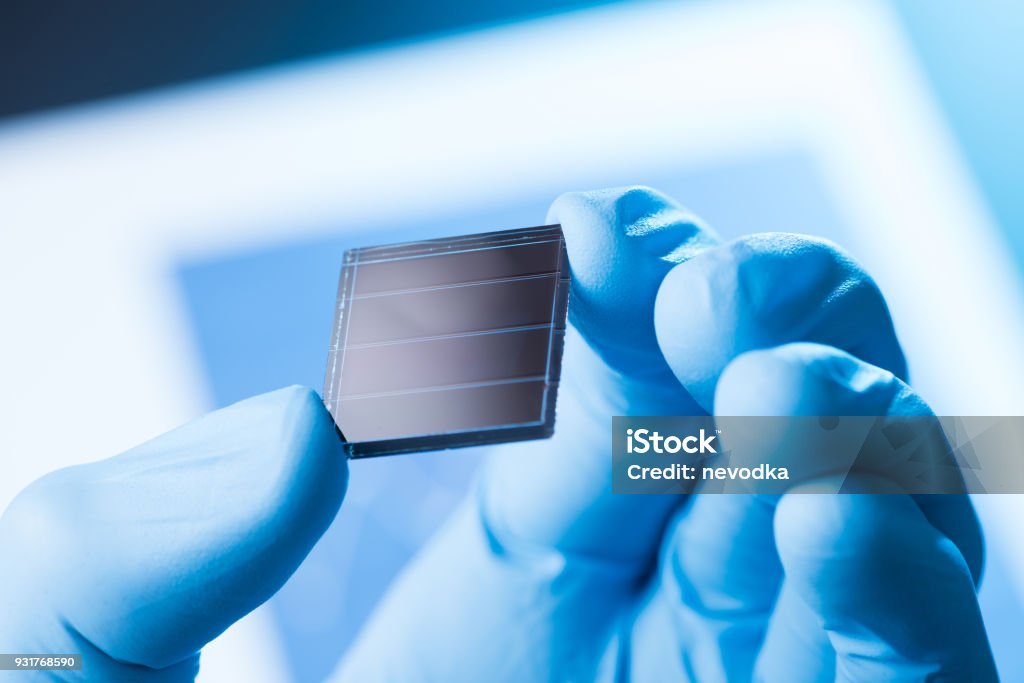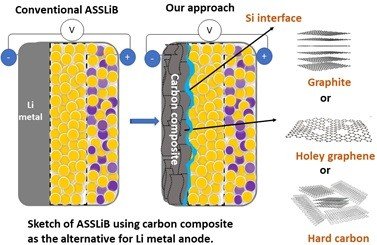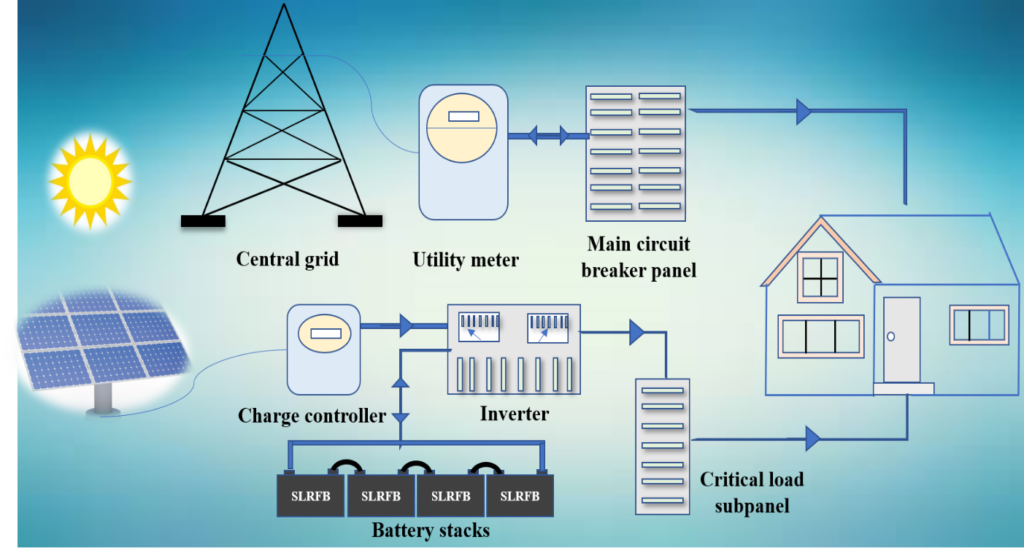
Organic cyclic molecules offer promise for developing green, fast-charging, high-performance batteries
Organic macrocycles are cyclic molecules that have potential applications in energy storage. They generally offer high specific capacities, cost-effectiveness, environmental friendliness, and ready tunability of structure and function. When the macrocycles are composed of redox-active conjugated π-systems (aromatic or antiaromatic), they can be applied in organic rechargeable batteries as they can switch between different states […]







